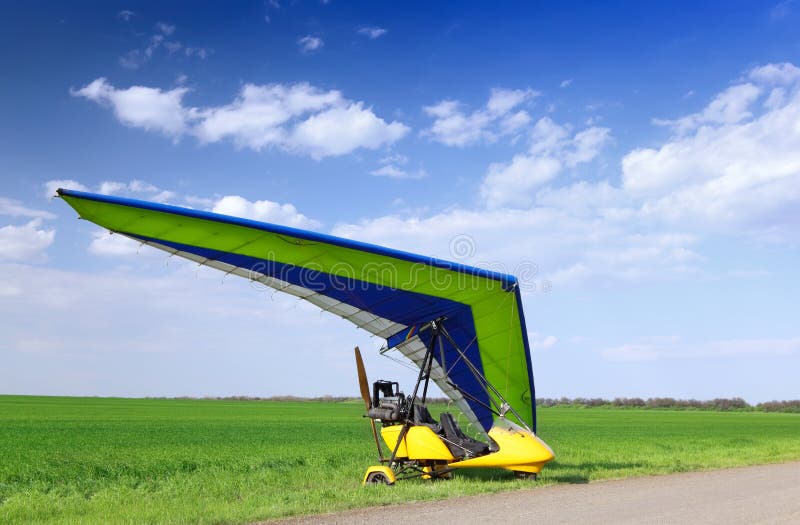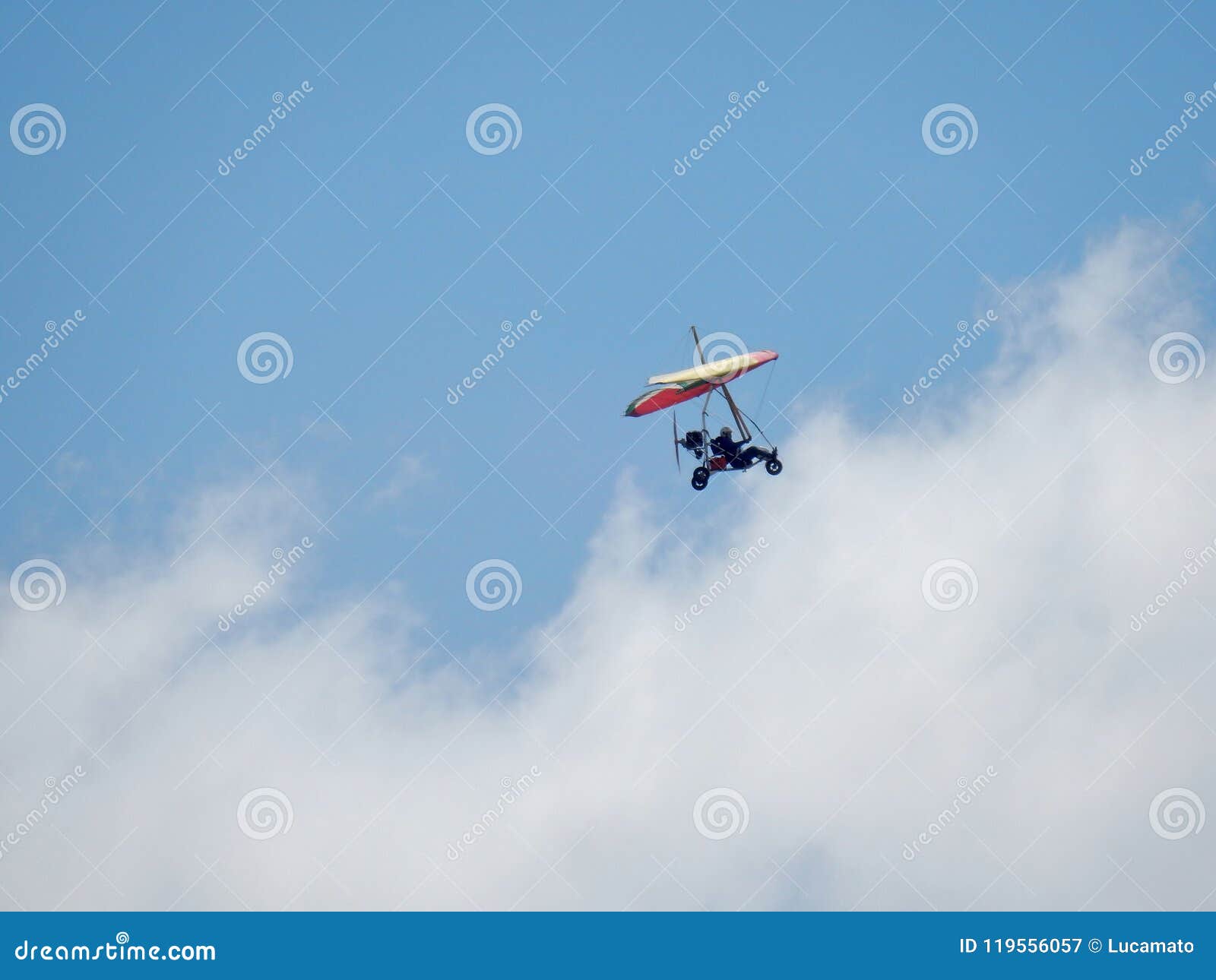
More than 150 hang-glider pilots usually compete in this world event. The latter alternates with a world hang-gliding championship which also takes place every two years and brings together the national teams of the competing countries. The organisation of hang-gliding is such that each country, including France, has a national championship, but there is also a European hang-gliding championship organised every two years. Each hang-gliding circuit can be up to two hundred kilometres long. The beacons that the glider has to fly over are defined by GPS coordinates and the flight paths are set according to the daily weather conditions. It is based on the completion of a circuit delimited by markers and a common take-off. With the development of more powerful wings, the principle of hang gliding competitions has changed. The first hang-gliding competitions were held with low performance aircraft, but they were appreciated for their finesse. The latter can reach a speed of 140 km/h in flight. Class 1 and sport class wings are called flexible, while class 5 and class 2 wings are rigid. The wing (or sail) of the hang glider can be flexible or rigid depending on its structure. It is practised with a triangular-shaped free-flying aircraft, equipped with a trapeze and without a motor.
Hang glider with motor free#
Hang gliding is a sport activity that is regulated in each country, including France, where it is developed by a national federation or a free flight association. With Adrenaline Paragliding you will discover the important notions about the origin of hang-gliding and its evolution over the years. This sport activity is regulated by the International Aeronautical Federation and has many rules that every pilot must master.


Related to paragliding, hang-gliding is a light weight aircraft that lends its name to the sport of free flight on the said aircraft.


 0 kommentar(er)
0 kommentar(er)
